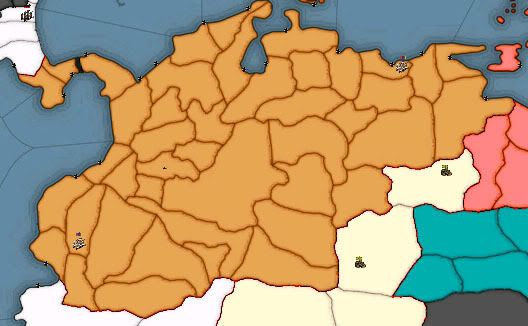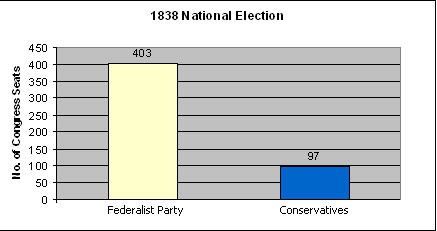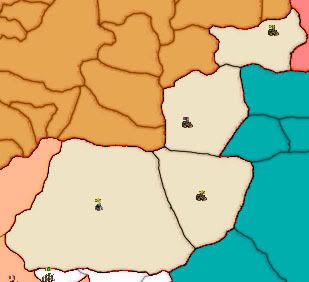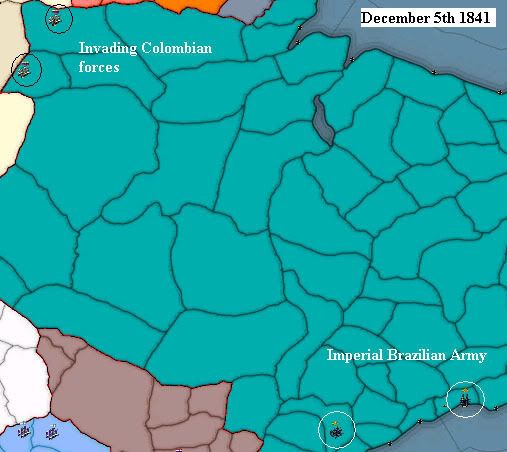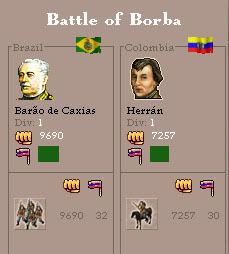Presidents of the Republic of Gran Colombia
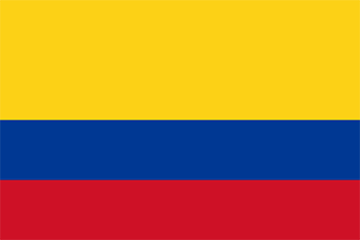
Simon Bolivar
Federalist Party
assassinated
(1819-1828)
Carlos Urdaneta
Federalist Party
(1828-1844)
Miguel Caro
Conservative Party
lost Congressional majority
(1844-1846)
Enrique Herran
Liberal Party
resigned due to health reasons
(1846-1848)
José Lopez
Liberal Party
resigned
(1848-1854)
José Obando
Liberal Party
couped
(1854)
José Melo
Liberal Party
(1854-18??)
Federalist Party
assassinated
(1819-1828)
Carlos Urdaneta
Federalist Party
(1828-1844)
Miguel Caro
Conservative Party
lost Congressional majority
(1844-1846)
Enrique Herran
Liberal Party
resigned due to health reasons
(1846-1848)
José Lopez
Liberal Party
resigned
(1848-1854)
José Obando
Liberal Party
couped
(1854)
José Melo
Liberal Party
(1854-18??)
Last edited:



